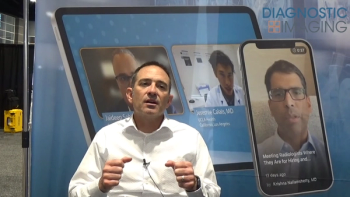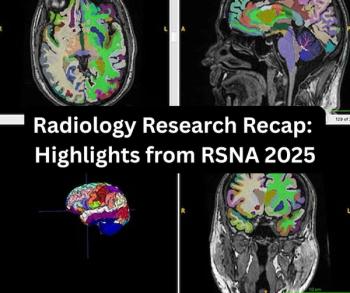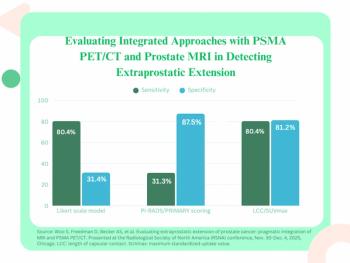
Aviation technology dampens MR noise
Aviation headphones adapted for use in the MR suite can cut the decibel level in half, according to a poster presented at the 2004 RSNA meeting.
Aviation headphones adapted for use in the MR suite can cut the decibel level in half, according to a poster presented at the 2004 RSNA meeting.
Noise levels in 3T scanners can reach up to 130 dB, exceeding the safety limit of 80 dB for chronic noise exposure. The din threatens interventional radiologists, technologists, and other workers in the scanner's range with permanent hearing loss.
Reducing noise in an MR environment is no easy task, however. Standard foam headsets or earplugs have a limited effect. Active noise-cancellation headphones, like those used around aircraft, can greatly reduce decibel levels, but they are not MR-compatible.
Researchers at Phone-Or in Israel took the aviation technology and adapted it for the MR suite. The new headphone carries an earpiece and a microphone that beam identical but polarized audio signals, neutralizing incoming acoustic waves from the scanner. The technology is called opto-acoustical active noise control because both the microphone and the earpiece work on the principle of light.
"There is no electrical signal in the magnet," said Yuvi Kahana, Ph.D., chief technology officer for Phone-Or.
The device was tested using an MR simulator with its maximal acoustic output set near 590 Hz. The device was able to attenuate the fundamental resonance - acoustic noise inside the scanner - by 40 to 50 dB, with an overall resonance reduction of 20 to 30 dB. Noise reduction did not include the contribution made from the passive ear protection component of the device.
Dr. Adriaan Moelker and colleagues had previously found unsafe noise levels at 80 cm from the entrance to a 1.5T magnet bore (Radiology 2002;224:889-895). All but one MR sequence tested had a frequency distribution ranging from 1 to 3 kHz. Because these sequences fall within the 0.5- to 2-kHz frequency important for speech, hearing loss due to gradient noise exposure primarily affects frequencies used in speech, making communication during procedures even more difficult.
Guidelines from the European Community and the U.S. Occupational Safety and Health Administration state that a maximum equivalent-continuous daily (eight-hour) noise exposure should not exceed 90 dB without hearing protection.
For more information from the Diagnostic Imaging archives:
Newsletter
Stay at the forefront of radiology with the Diagnostic Imaging newsletter, delivering the latest news, clinical insights, and imaging advancements for today’s radiologists.




























